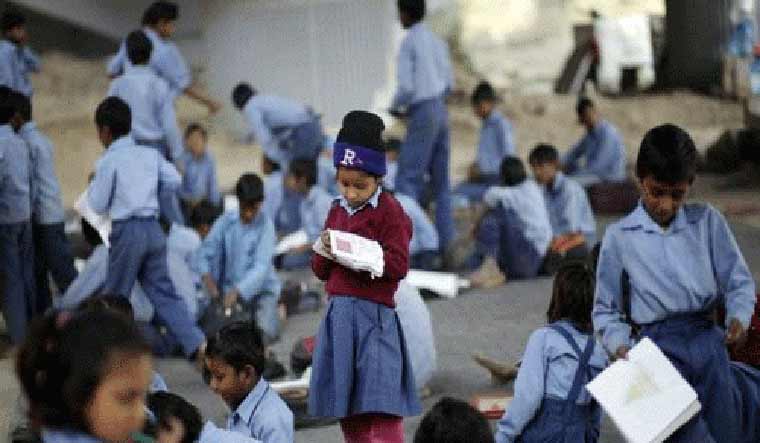Over the years, India has adopted many international and national policies to improve its education system. In August 2009, the Right to Education was passed, making education free and compulsory for all students between the ages of 6-14. This revolutionary move made education a fundamental right, guaranteed to dispense equality and equity of opportunities for all.
Additionally, to supplement these policies, India also adopted the United Nations Sustainable Development Goals 4 in 2015, which speaks extensively about building and upgrading educational facilities to accommodate the growing needs of academia so that developing nations will one day achieve global standards in the same. This calls heavily for the integration of technology in classrooms and in turn, the Union Cabinet of India in 2020 released the National Education Policy, as per which one of the only ways to promote equity and opportunity in education is through tech integration.
Having said that, it is important to note that India is a little late in realising this need as the Covid-19 crisis showed us clearly. We displayed low tech-readiness to ensure that the education system functioned smoothly despite the pandemic, but the good news now is that these issues are being resolved on a policy level. The fundamental Right to Education is truly equalising only if all Indian students have the same access to education resources.
We must reach a position where we are not relying on private school performances to evaluate the quality of education in the country. That, in itself is a huge disparity since we are leaving out the prime components of the Indian education system—the government school students.
With developmental issues rooting the government education system in years of systemic problems, the only call to action that can make a huge difference is technological integration in classrooms. However, in a country as large and diverse as ours, revamping the whole system overnight is not just a challenge but also an impossible task. That is why there is not just a need for technology, but there is a need for technology that adapts, thrives and sustains in whatever ecosystem it needs to function out of.
Low cost technology is possible, just that it is a space that remains rather unexplored in this constant chase to cater to the popular audience. For that, the primary infrastructure that the government must invest in is research and development for edtech companies that would like to address these socio-developmental issues. The government could also offer incubation support to these aforementioned companies. This will not just encourage innovation, but will also have more companies willing enough to help the government curate what they want to change in the government schools under their domain.
When this step is achieved, government schools can now fearlessly integrate technology into their schools without having to worry about what additional infrastructure they would need to further this agenda.
The ultimate goal is not to compete with students in private schools but to make sure that every child, regardless of what school they attend, is able to stand shoulder-to-shoulder with their foreign counterparts. After all, true equality is a global desire!
also read
This is the global reach and access that education technology will propel students in government schools to achieve. Giving students in every nook of the country facilities to keep up with the emerging trends in education across the world can truly be revolutionary in ensuring India and Indians are on par with other global giants. Imagine the power of that! It can also be achieved without expending too many of the country’s limited resources.
Tech revolution is here and the world cannot ignore it let alone our country. We have the largest student population in the world and a good number of them are in government schools. We must integrate tech access as an evolutionary aspect of education instead of only catering to a class of audience that already has wider access to these resources.
When all these aforementioned criterias are met, nothing in the world will be able to stop all Indian students from making a global impact!
(The author is CEO and founder of TagHive, a Samsung-backed edtech firm in India)





